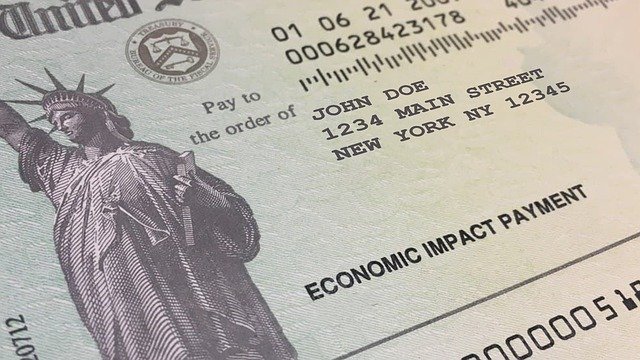The Federal Reserve is widely expected to leave interest rates unchanged at the conclusion of its meeting on Wednesday, but investors will be watching closely for any hint at when and how much it might lower those rates this year.
The expected rate cuts raise a big question: Why would central bankers lower borrowing costs when the economy is experiencing surprisingly strong growth?
The United States’ economy grew 3.1 percent last year, up from less than 1 percent in 2022 and faster than the average for the five years leading up to the pandemic. Consumer spending in December came in faster than expected. And while hiring has slowed, America still boasts an unemployment rate of just 3.7 percent — a historically low level.
The data suggest that even though the Fed has raised interest rates to a range of 5.25 to 5.5 percent, the highest level in more than two decades, the increase has not been enough to slam the brakes on the economy. In fact, growth remains faster than the pace that many forecasters think is sustainable in the longer run.
Fed officials themselves projected in December that they would make three rate cuts this year as inflation steadily cooled. Yet lowering interest rates against such a robust backdrop could take some explaining. Typically, the Fed tries to keep the economy running at an even keel: lowering rates to stoke borrowing and spending and speed things up when growth is weak, and raising them to cool growth down to make sure that demand does not overheat and push inflation higher.
The economic resilience has caused Wall Street investors to suspect that central bankers may wait longer to cut rates — they were previously betting heavily on a move down in March, but now see the odds as only 50-50. But, some economists said, there could be good reasons for the Fed to lower borrowing costs even if the economy continues chugging along.
Thank you for your patience while we verify access. If you are in Reader mode please exit and log into your Times account, or subscribe for all of The Times.
Thank you for your patience while we verify access.
Already a subscriber? Log in.
Want all of The Times? Subscribe.

